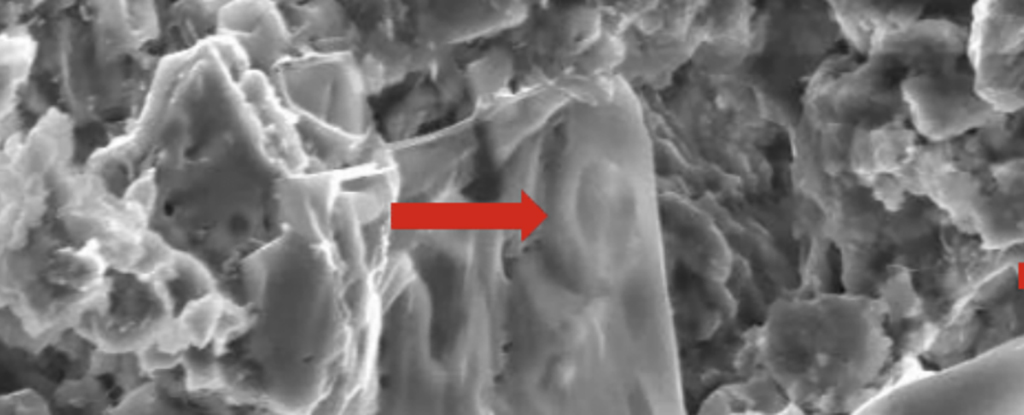Ancient Dinosaur Fossils May Hold Key Insights Into Cancer Research

At first glance, the fields of paleontology and modern cancer research might seem to belong to entirely different worlds. However, a groundbreaking study suggests that the soft tissue preserved within dinosaur fossils could provide invaluable insights into the mechanisms of cancer and potentially lead to innovative treatment strategies for the disease today.
A team of researchers hailing from the United Kingdom and Romania embarked on this fascinating investigation, focusing on the fossilized remains of the Telmatosaurus transsylvanicus, a small, cow-sized creature commonly referred to as the 'marsh lizard.' This dinosaur roamed the Earth approximately 66 to 70 million years ago in what is now recognized as Romania. The study utilized advanced high-powered microscopy to scrutinize the ancient remains.
During their analysis, the team made a remarkable discovery: structures resembling red blood cells, or erythrocytes, associated with a tumor located in the dinosaur’s jaw. This significant finding builds on previous research that had already identified the presence of a tumor in this particular species. The implications of this discovery are profound—it suggests that small fragments of soft tissue may be preserved in fossils more frequently than previously thought, thereby opening a window to understanding the biology and diseases of these ancient creatures.
Oncologist Justin Stebbing, affiliated with Anglia Ruskin University in the UK, emphasized the importance of soft tissues, stating, “Unlike skeletal structures alone, soft tissues contain proteins that provide molecular information that can reveal the underlying biological mechanisms of disease.” His assertion highlights the potential of this research to not only advance our understanding of dinosaurs but also to inform future cancer research that could benefit human health.
The researchers propose that fragments of soft tissue, such as those found in this study, may be critical in unraveling the evolutionary history of cancer mechanisms. Interestingly, large animals, including whales and elephants, have developed unique adaptations to protect themselves against cancer. The findings raise the intriguing possibility that dinosaurs may have exhibited similar evolutionary traits.
By understanding these ancient biological adaptations, scientists may eventually gain insights that could inform new strategies for cancer prevention and treatment in humans. Nevertheless, the careful preservation of these soft tissue samples is paramount. As scientific advancements in analysis technology progress, having viable dinosaur tissues to study will be essential for unlocking these secrets.
Stebbing noted, “Dinosaurs, as long-lived, large-bodied organisms, present a compelling case for investigating how species managed cancer susceptibility and resistance over millions of years.” He advocates for coordinated long-term fossil conservation efforts to ensure that future researchers have access to well-preserved specimens suitable for cutting-edge molecular investigations.
The focus of this particular study, the Telmatosaurus transsylvanicus, was found to have an ameloblastoma, a type of tumor still encountered in humans today. The longevity of dinosaurs on Earth provides a unique opportunity to explore how cancer has evolved throughout history and how affected species may have adapted to combat the disease.
Though it might seem improbable for anything organic to survive through the millennia, this new research confirms that it is indeed possible. By examining how genetics, biology, and environmental factors may have contributed to the development of cancer during the Late Cretaceous period, scientists can gain a more comprehensive understanding of cancer’s evolution.
Stebbing further elaborated, “Proteins, particularly those found in calcified tissues like bone, are more stable than DNA and are less susceptible to degradation and contamination. This makes them ideal candidates for studying ancient diseases, including cancer, in paleontological specimens.” The findings from this remarkable research have been published in the journal Biology, paving the way for future inquiries into the connections between ancient life and contemporary health challenges.



























